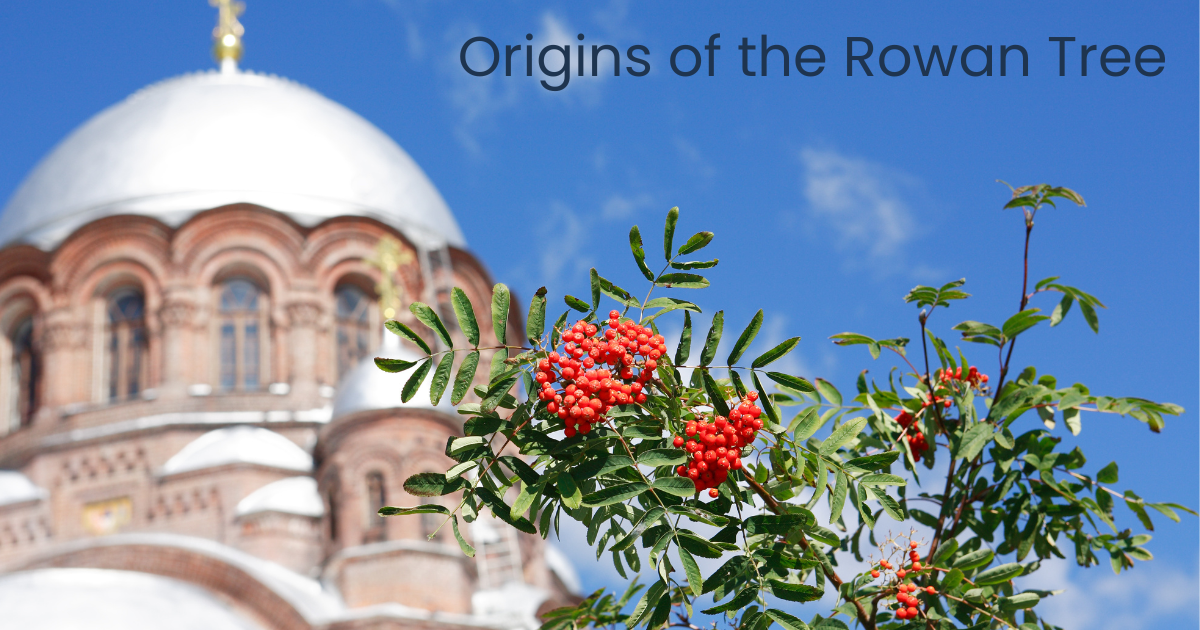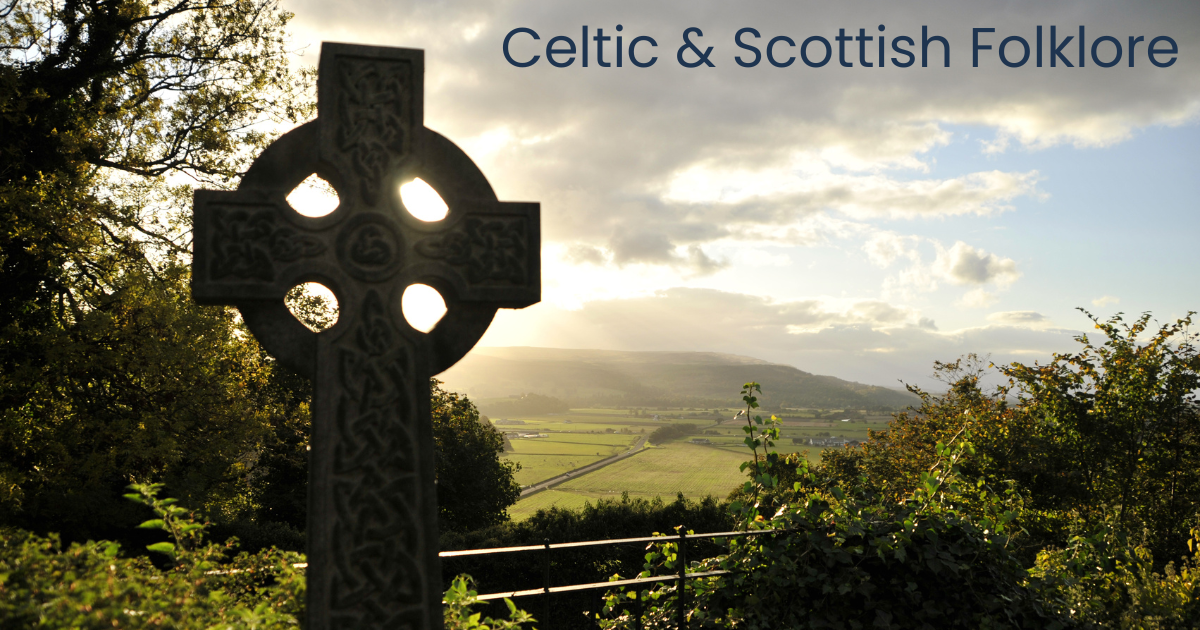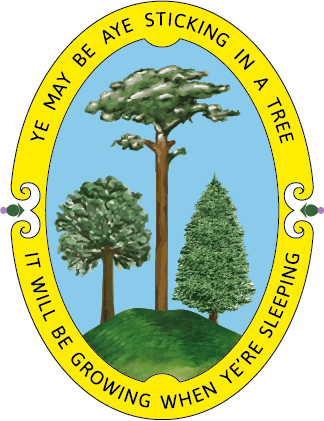The Rowan Tree: Symbolism, Folklore, and Natural Beauty
Familiar across the landscapes of Europe, North Africa, and parts of Asia, the Rowan tree stands as a testament to the enduring bond between humanity and the natural world. With its rich history steeped in symbolism, folklore, and practical uses, this ancient tree continues to captivate our imagination and inspire awe.
Origins and Distribution

The Rowan tree, scientifically known as Sorbus aucuparia, traces its origins back thousands of years to the temperate forests of Eurasia. Belonging to the rose family, Rosaceae, this deciduous tree has adapted to a diverse range of habitats, from mountainous regions and woodlands to coastal areas and riverbanks. The Rowan tree’s ability to thrive in various environmental conditions has contributed to its widespread distribution across the Northern Hemisphere.
Botanical Characteristics
From a botanical standpoint, the Rowan tree exhibits a unique blend of features that distinguish it from other tree species. Growing up to 15 meters in height, it boasts a slender trunk adorned with smooth grey bark and compound leaves comprised of serrated leaflets. Within Scotland it is known as Mountain Ash as it has a tendency to grow well at high altitudes alongside its leaves looking very similar to Ash trees!
Symbolism and Folklore
Throughout history, the Rowan tree has held deep symbolic significance in numerous cultures and civilizations. Among the ancient Celts, it was revered as a sacred tree with protective properties, believed to ward off evil spirits and provide shelter to the weary traveller.

Within Scottish folklore, the Rowan tree or Mountain Ash was believed to possess mystical powers, particularly when found growing near ancient sites or fairy mounds. It was customary to plant Rowan trees near homes and livestock to ward off witches and protect against enchantments. Even today, remnants of these superstitions linger in rural communities, where the Rowan tree continues to be revered as a symbol of protection and good fortune.
Practical Uses
Beyond its symbolic and mythical associations, the Rowan tree has long been valued for its practical uses in traditional medicine and woodworking. In herbal medicine, various parts of the Rowan tree, including the berries, bark, and leaves, were used to treat a wide range of ailments, from fevers and digestive issues to rheumatism and toothache.
The dense, hard wood of the Rowan tree is prized for its durability and fine grain, making it ideal for crafting tools, furniture, and musical instruments. In Scotland, the wood was traditionally used to make divining rods, believed to possess magical properties for locating water sources and hidden treasures.
Ecological Importance

The flowers of the Rowan tree attract a diverse array of pollinators, including bees, butterflies, and moths, contributing to the pollination of surrounding plants. Meanwhile, the berries serve as a crucial food source for birds such as thrushes, waxwings, and blackbirds, which disperse the seeds through their droppings, aiding in the tree's reproduction and dispersal.
Moreover, the Rowan tree provides habitat and shelter for a variety of wildlife. Its presence in forests and woodlands enhances biodiversity and strengthens the resilience of ecosystems in the face of environmental challenges.
Conservation
Despite its cultural significance and ecological importance, the Rowan tree faces threats from habitat loss, deforestation, and climate change. Human activities such as urbanization, agriculture, and land development have encroached upon its natural habitat, leading to declines in population numbers and genetic diversity.
Conclusion
In conclusion, the Rowan tree stands as a testament to the enduring connection between humanity and the natural world. From its symbolic significance and mythical associations to its practical uses and ecological importance, this ancient tree embodies the intersection of culture, tradition, and biodiversity. By honouring its cultural heritage, supporting conservation efforts, and fostering stewardship of the land, we can ensure that the Rowan tree remains a symbol of protection, prosperity, and natural beauty for generations to come.











